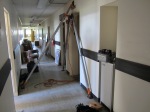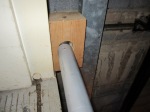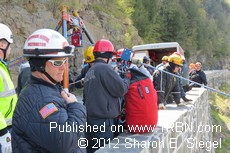The raw video is of an actual tower rescue in Washington DC. No, not a telecom climber stranded high up an antenna, but a worker dangling on his safety line after his motorized scaffolding had a catastrophic failure. It was Tower 3 who positioned themselves to be able to use the bucket to go get the worker and unclip him from his system and eliminate the need for any type of rope rescue (damn).
A couple of points to note in the video:
Even though it appeared the Tower was going to be able to get the victim, the guys were still getting dressed out in order to perform a rope based operation should it have been necessary. It was a good job getting plan B in motion in case plan A didn’t work for whatever reason.
The worker hanging in his harness was staying relatively still while hanging. As noted by Dr. Roger Mortimer in his 2011 ITRS presentation, it is the lack of motion while hanging in a harness that seems to cause Suspension Trauma, Harness Hang Syndrome, whatever you want to call it. The point is to get the people to move their legs if they are at all able to. Here is a link to his published work on the topic:
http://www.itrsonline.org/PapersFolder/2011/Mortimer2011_ITRSPaper.pdf
Last, it looked like the bottom end of his safety line was entangled with the scaffolding and pulling tension on the line across his body. I don’t know if that means anything or not, but it should be a consideration during size up. If the Tower was unable to get to the worker, it’s possible they could get to that safety line and free it up if it were causing issues.
[brightcove vid=1878559651001&exp3=1685956553001&surl=http://c.brightcove.com/services&pubid=29906171001&pk=AQ~~,AAAABvaL9Hk~,mLC66bU8hPOBGO8BPO1coBAeF5n-gkxo&w=300&h=225]
















